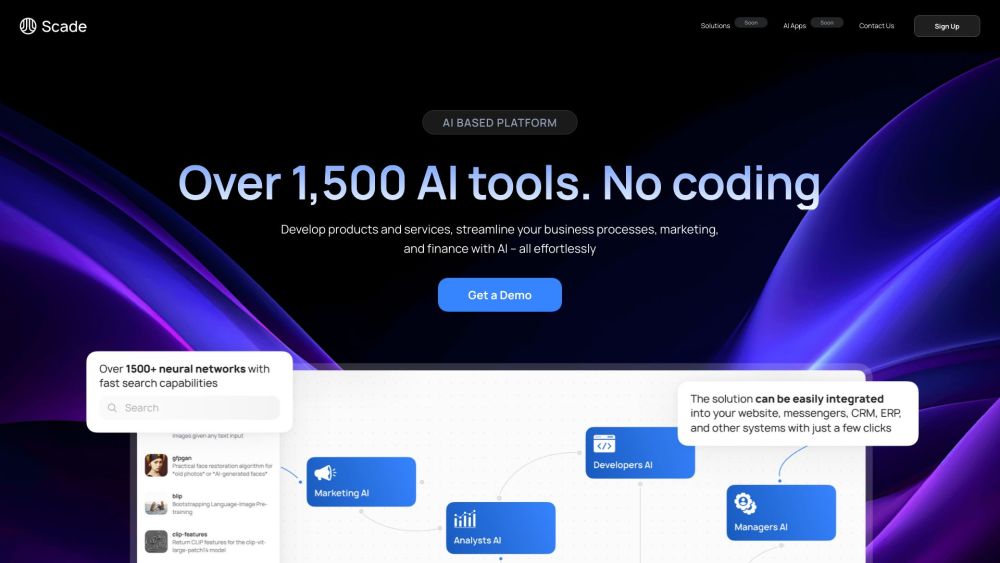The first motion picture in history was filmed almost 148 years ago, on June 19, 1878, by Eadweard Muybridge, a renowned photographer and convicted killer, in Palo Alto, California. The film depicted a jockey riding a horse, aimed at settling a heated debate commissioned by Leland Stanford of Stanford University about whether horses galloped with all four hooves off the ground (they do).
Since that groundbreaking moment, there have been five significant technological revolutions in filmmaking:
1. Silent Film (1878-1929)
2. Sound/Talkies (1927-early 1950s)
3. Color Film (1930s-1960s)
4. Camcorders/Home Video (late 1970s-1990s)
5. Internet and Mobile Device (late 1990s-present)
Each of these revolutions has introduced new eras of film creation and consumption, expanding storytelling possibilities, enhancing realism, and increasing accessibility to wider audiences.
With the recent release of Luma AI's Dream Machine, which transforms raw text and images into videos almost instantly, we are on the brink of a sixth revolution in filmmaking: AI.
The Evolution of Movies: From Static to Fluid
The birth of filmmaking in the late 1800s revolutionized recorded entertainment, allowing performances that could be replayed without the original cast. This innovation combined elements of photography and theater with concepts from earlier optical devices like phenakistiscopes and zoetropes.
These mechanical devices created the illusion of motion by displaying images in rapid succession, akin to animated GIFs. However, it wasn't until around 40 years later that film cameras with faster shutter speeds emerged, enabling the fluid capturing of motion—thus giving life to the motion picture.
The First Revolution: Transforming Space and Time
Motion pictures unlocked a new medium for telling stories and created a temporal revolution, enabling audiences to experience performances recorded in the past as if they were happening live. This facilitated the rise of movie stars, as performances could reach global audiences without requiring travel.
The Second and Third Revolutions: Immersion and Realism
Despite early obstacles in synchronizing sound with motion, the mid-1920s marked the beginning of sound films, thanks to advancements like Warner Brothers’ Vitaphone system. This marked the start of the “talkies” era, making compelling silent films a thing of the past.
Simultaneously, advancements in film chemistry led to color movies, enhancing realism and immersion with vibrant visuals.
The Fourth and Fifth Revolutions: Democratizing Film
The 1970s and 1980s saw the rise of camcorders and VCRs, making filmmaking and viewing accessible to many households. This era saw the democratization of cinema, allowing everyday people to capture and preserve personal moments without professional training.
The advent of the internet and mobile devices further transformed filmmaking; platforms like YouTube (launched in 2006) and the iPhone revolutionized how videos were produced and consumed, fostering a rapid increase in video content creation.
The Sixth Revolution: AI in Filmmaking
AI technology marks the potential for ordinary individuals to effortlessly convert their ideas into films. Tools like Dream Machine and Runway’s Gen-2 allow creators to generate videos from text prompts or single images in minutes, bypassing the need for live actors and traditional filmmaking equipment.
While current AI video generators produce brief clips (ranging from 5 to 18 seconds) and face challenges in sound synchronization and character consistency, they are continuously evolving. Innovators are already using these tools to create feature-length films and serialized shows despite existing limitations.
Training Data and Ethical Considerations
The ethical implications of AI-generated content are significant. Many AI systems, including those from OpenAI and others, have not disclosed their training data sources, raising concerns among creators about the use of copyrighted material without compensation. As AI continues to develop, the conversation about ownership and inspiration within creative industries will likely expand.
Despite these challenges, AI represents a transformative tool for filmmakers, enhancing rather than replacing human creativity. As George Lucas noted, accepting technological advancements is essential for progress in any artistic field.
In conclusion, AI is poised to be one of the most significant tools for expression in filmmaking history, allowing creators to bring their visions to life with unprecedented ease and imagination.





